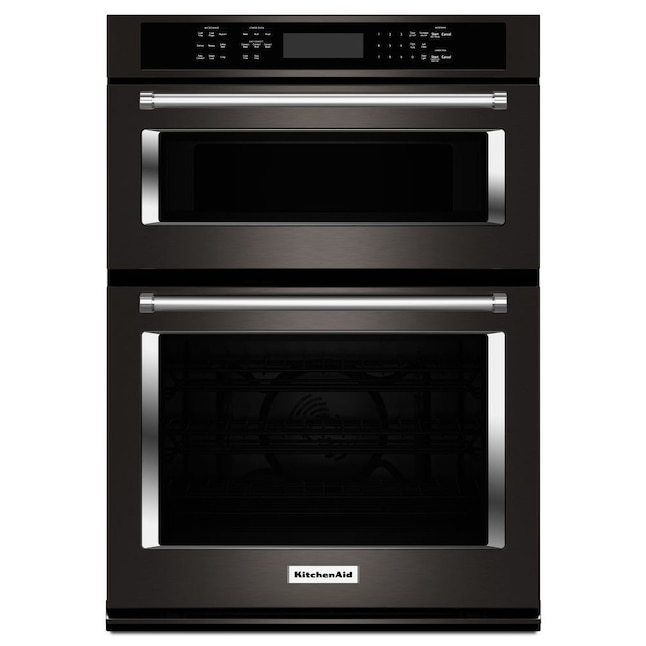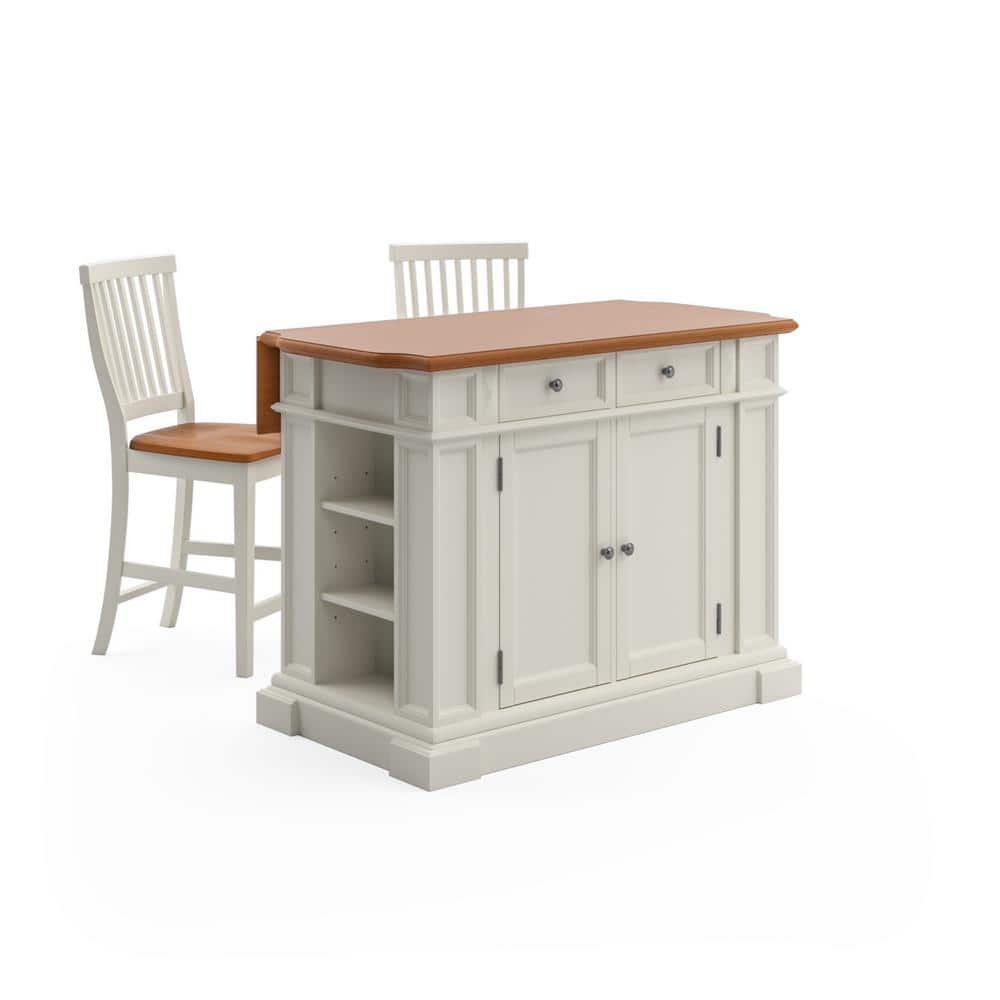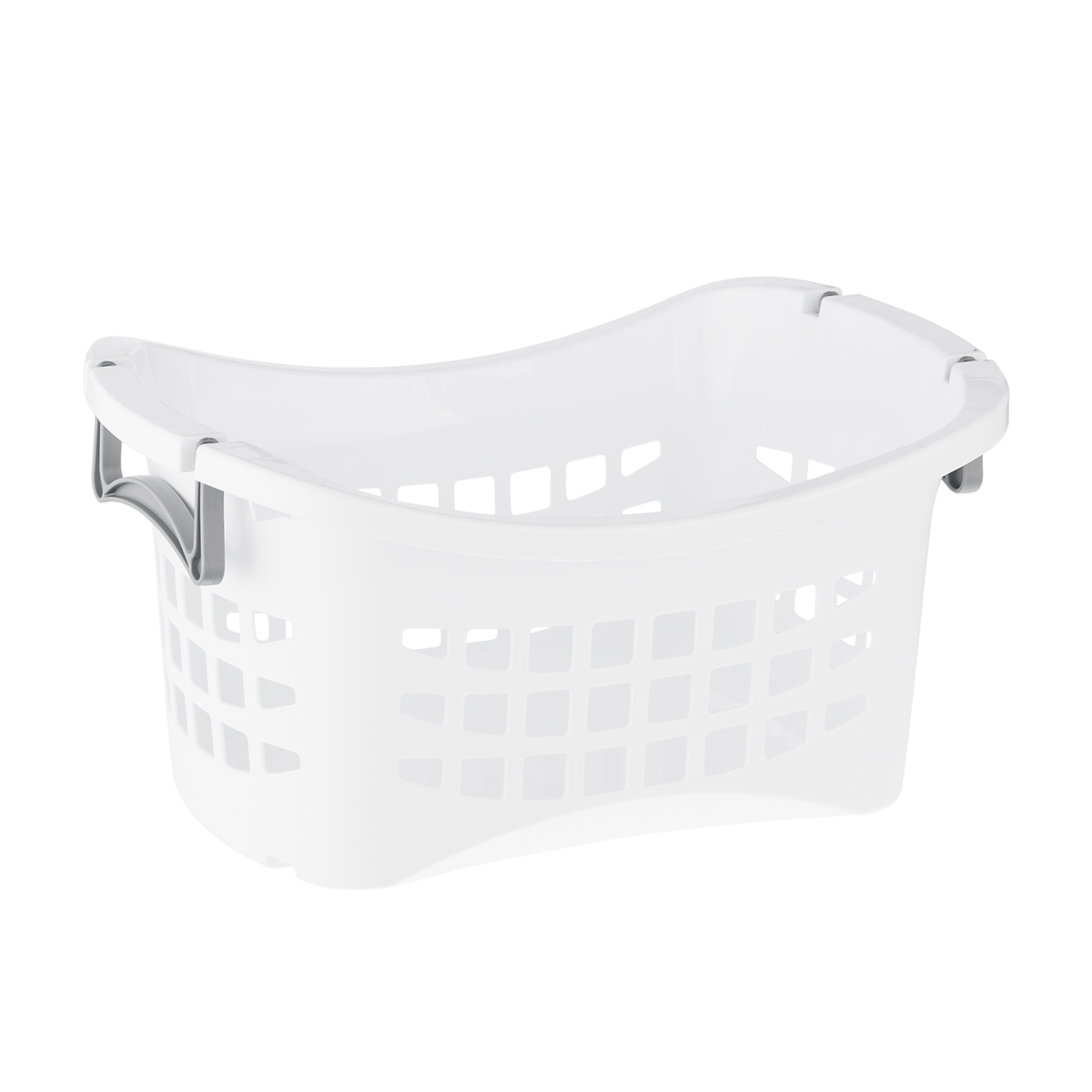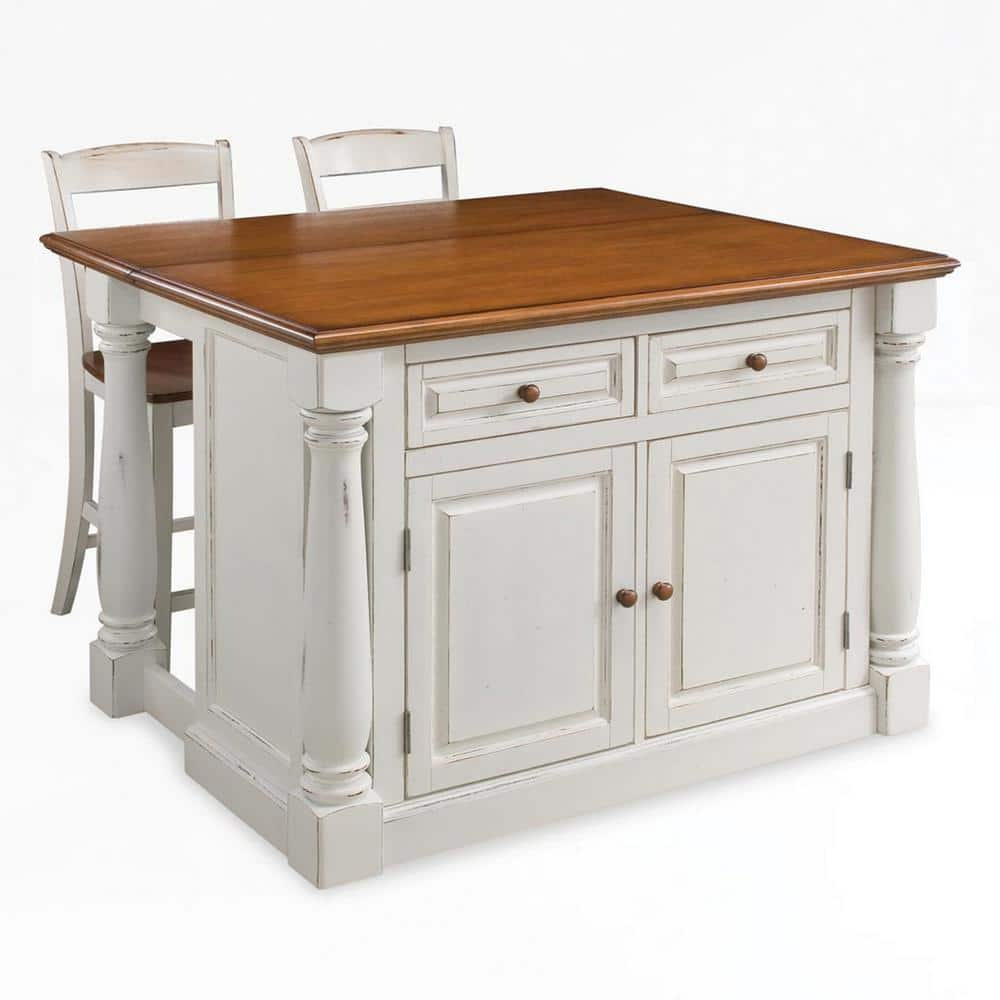KitchenAid 30-in Self-cleaning Convection Fingerprint-resistant Convection Microwave Wall Oven Combo (Black Stainless Steel)
This 30″ Combination Wall Oven with Even-Heat™ True Convection provides consistent heating and even cooking. A unique bow-tie shaped design and convection fan helps ensure there are no burnt edges or undercooked centers. Its upper Microwave Convection Cooking Oven combines a 900 watt microwave with a 1600 watt convection element for high speed cooking. Bold design details are the perfect balance of elegance and functionality.
This 30″ Combination Wall Oven with Even-Heat™ True Convection provides consistent heating and even cooking. A unique bow-tie shaped design and convection fan helps ensure there are no burnt edges or undercooked centers. Its upper Microwave Convection Cooking Oven combines a 900 watt microwave with a 1600 watt convection element for high speed cooking. Bold design details are the perfect balance of elegance and functionality.
- Even-Heat™ True Convection oven (lower oven) provides consistent heating and even cooking
- Microwave convection cooking (upper oven) increases the speed of cooking and provides a secondary convection cooking option
- Professionally – inspired design combines a bold blend of professionally-inspired styling with sleek touches for the home
- Temperature probe (lower oven) – allows accurate measurement of internal temperature of meats, poultry, and casseroles without having to open the oven door
- EasyConvect™ Conversion System takes guesswork out of convection cooking by ensuring you can get exceptional results when experimenting with new or familiar recipes
- Crispwave™ Microwave Technology and crisper pan (upper oven) – allows the microwave oven to be used for grilling, frying, and convection cooking, the specially designed crisper pan can be used to brown, crisp, and pan-fry foods
- SatinGlide™ roll-out extension rack (lower oven) – allows easy loading and features an easy-grip handle, giving you the confidence when cooking with large or heavy dishes
- Black Stainless Steel with PrintShield™ Finish resists smudges
Additional information
| Actual Depth (Inches) | 26.876 |
|---|---|
| Actual Depth with Door Open (Inches) | 46.75 |
| Actual Height (Inches) | 42 |
| Actual Width (Inches) | 30 |
| Common Oven Size | 30 inch |
| Cutout Depth (Inches) | 24 |
| Cutout Height (Inches) | 41.375 |
| Cutout Width (Inches) | 28.5 |
| Microwave Capacity (Cu. Feet) | 1.4 |
| Oven Capacity (Cu. Feet) | 5 |
| Usable Oven Interior (H x W x D) | 18 x 25 x 19 |
| Warranty | 1-year limited |






by Dawn
We bought this oven about 6 weeks ago and it is just what we wanted. Simplicity but cooks beautifully. I have roasted chicken and lamb and it’s done a wonderful job. I have baked cookies to perfection! I have baked lasagna and kept trays of food warm for a party we hosted recently. The directions on the screen are simple enough that my son and husband can figure them out! Who could as for more?
by Thierno
I bought this 6 months ago and it’s a great product. I am very satisfied with the quality.
by Spin
I have wanted a wall oven for years and simply love it! Still learning all the features and it looks great in my new kitchen.
by Kimberly
Our double oven had one oven go out a couple of years ago. Finally decided to get a new one. The one we got ended up being oven/ microwave. It is so nice looking we were afraid to use it. Once we got over the fear of getting it dirty we started using it and it works great. Still beautiful and we love it.
by Mary
Works beautifully! Love how it cooks and easy to clean.
by Karenin
Our new house has all-KitchenAid built-in appliances. This microwave-oven combination is a joy to use. Food is quickly cooked in the microwave. We use it everyday. The oven is also a terrific appliance. It has both regular and convection choices. We are so glad to have this in our kitchen.
by John
I was without a oven or microwave for over a year because I could not get the one I wanted in stock … but we went to Nebraska furniture and found this one and I’m so glad I did ! I love the features and everything about it ! Only thing there was no information on how to use the features and they were going to send out something but never have!